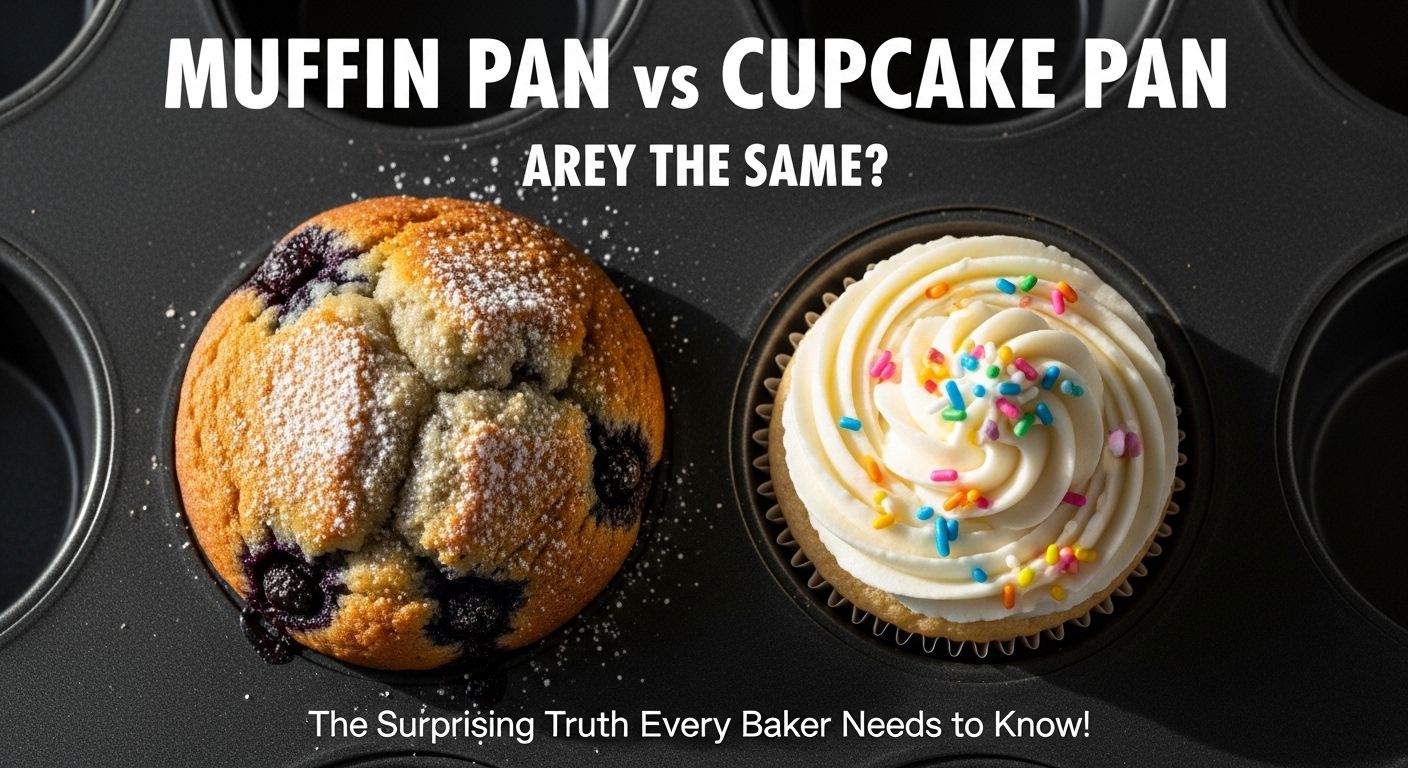
It was a lazy Sunday morning, and I was determined to whip up a batch of my famous blueberry muffins. As I pulled out my trusty pan, the one with the familiar twelve cups, a question popped into my head, one I’d never really stopped to consider: Is this a muffin pan or a cupcake pan? I’ve used this same piece of bakeware for everything from birthday cupcakes to savory cornbread muffins. Surely, I thought, they must be the same thing. Right?
Well, as I’ve learned through years of flour-dusted experiments and a few minor kitchen disasters, the answer is a fascinating mix of "yes, but..." and "it depends." So, let’s dive into the delicious details and settle this once and for all.
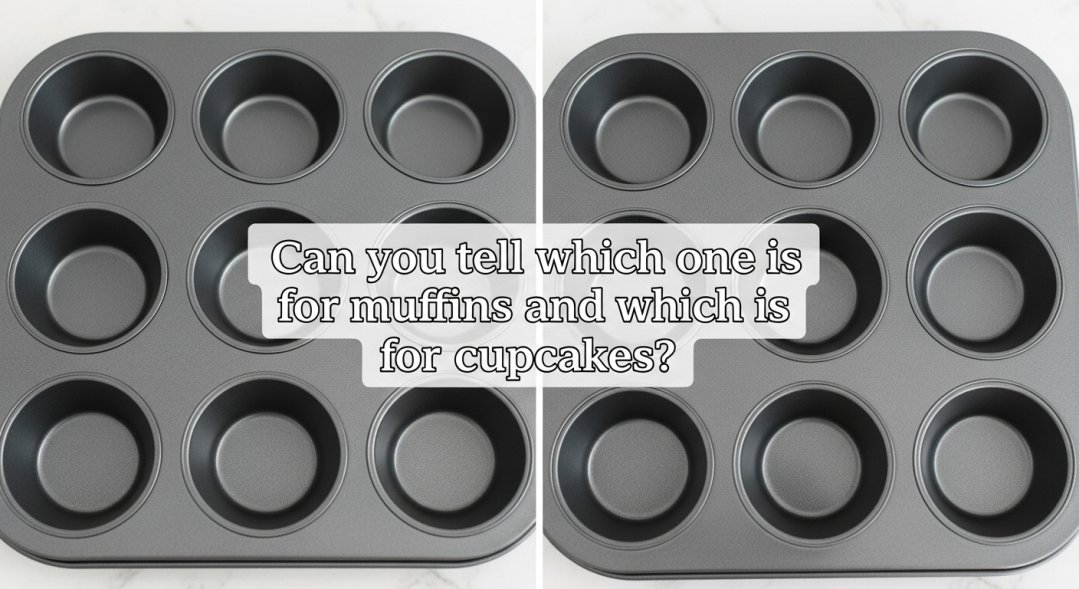
The Straightforward Answer: They're Interchangeable
Let’s cut to the chase. If you’re looking at a standard, run-of-the-mill pan in a home kitchen, a muffin pan and a cupcake pan are, for all intents and purposes, the same piece of equipment. Manufacturers often use the terms interchangeably on packaging. If you go to a store and buy a "12-cup muffin pan," you are, by default, also buying a "12-cup cupcake pan."
I remember my first time baking cupcakes for my niece's birthday. I only owned what was labeled a "muffin pan," and I was nervous. I thought, "Can I use a cupcake pan for muffins?" and then realized I was holding the answer. The batter baked up perfectly, forming those classic domes ready for a swirl of frosting. The pan didn't know the difference, and frankly, the cupcakes didn't either.
The core takeaway here is this: The physical pan itself does not dictate whether you are making a muffin or a cupcake. That distinction lies entirely in the batter, the recipe, and the final presentation.
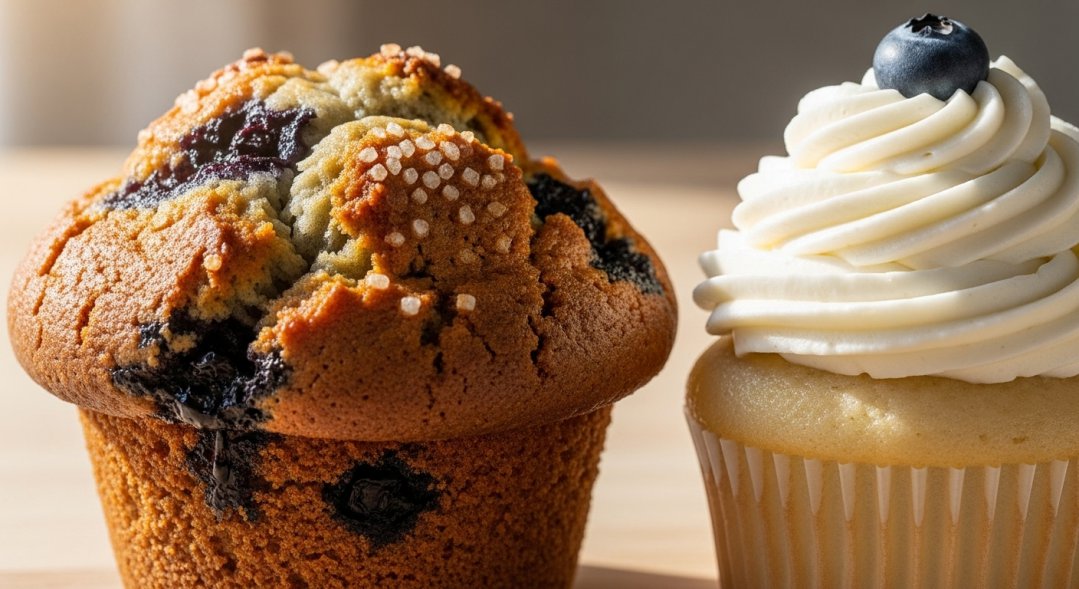
So, What's the Real Difference? It's All in the Recipe
Think of the pan as a stage. It can host different types of performances. A muffin and a cupcake are just two different plays.
Cupcakes are essentially miniature cakes. Their batter is typically made using the "creaming method," where you beat butter and sugar together until light and fluffy before adding eggs and dry ingredients. This incorporates air, leading to a finer, softer, and more delicate crumb. They are almost always sweetened and finished with a generous topping of frosting.
Muffins, on the other hand, lean towards a quicker bread. The "muffin method" is used: you mix the dry ingredients and the wet ingredients separately, then combine them with as few strokes as possible. This results in a denser, heartier crumb with larger air pockets. Muffins can be sweet or savory, and they're often enjoyed naked or with a simple sprinkle of coarse sugar.
The Nuances: When the Pan Does Matter
While your standard pans are twins, the world of bakeware offers some variations that can influence your final product. This is where the question, "are muffin pans bigger than cupcake pans?" gets interesting.
1. Size and Capacity:
The most common pan is the standard 12-cup, with each cup holding about ½ cup of batter. However, you can find:
- Mini Muffin/Cupcake Pans: Perfect for bite-sized treats or party appetizers.
- Jumbo or Texas-Size Muffin Pans: These are where the terminology often splits. You'll almost always see these labeled as "jumbo muffin pans." They have a much larger capacity (often over 1 cup) and are designed for the large, bakery-style muffins that are a meal in themselves. While you can bake a jumbo cupcake in one, it's far less common. So, in this specific case, a muffin pan is, in fact, bigger.
I have a jumbo pan, and I love it for my morning glory muffins. They bake up with a fantastic, craggy top and a moist interior. A cupcake of that size would be overwhelmingly sweet and require a mountain of frosting.
2. Material and Design:
- Non-Stick Coatings: This is a lifesaver, especially for low-fat muffin batters that tend to stick. For cupcakes with paper liners, it's less critical but still nice for easy cleaning.
- Silicone Pans: These are flexible and guarantee easy release, but I find they don't promote the same beautiful browning as metal pans. My cupcakes baked in silicone lack that slightly crisp exterior I love.
- Dark vs. Light Metal: A dark, non-stick pan will absorb more heat and can lead to darker, crispier edges. A lighter-colored aluminum pan provides a more gentle, even bake. This is a crucial factor when figuring out how long to cook cupcakes in muffin pans—you may need to reduce the temperature or time slightly for a dark pan to prevent over-browning.
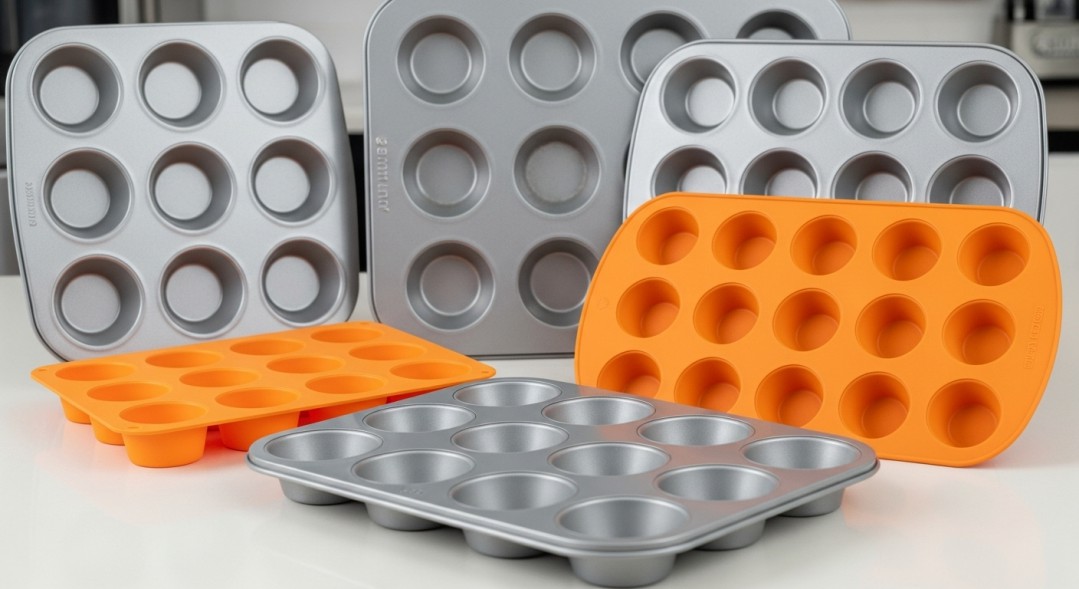
Practical Baking: Your Questions Answered
Let's get into the real-world application. Here are the questions I had when I started, answered from my own experience.
Can I bake cupcakes in muffin pans?
Absolutely, yes! This is the most common scenario. Use paper liners for easy cleanup and a pristine presentation. Fill the cups about two-thirds full to get that perfect domed top. The process is identical.
How to make a cupcake in a muffin pan?
It’s simple:
- Choose your favorite cupcake recipe.
- Line your pan with paper or silicone liners. This is key for easy removal.
- Fill the liners ½ to ⅔ full. Don't overfill!
- Bake according to your recipe's instructions. The pan type won't change the baking time; the batter volume and your oven will.
How long to cook cupcakes in muffin pans?
This is a recipe-specific question, but for standard cupcakes in a standard pan, the sweet spot is usually 18-22 minutes in a 350°F (175°C) oven. They're done when a toothpick inserted into the center comes out clean. Remember, ovens vary, so always trust the toothpick test over the timer.
The one pro-tip I’ve learned? For the first 2/3 of the baking time, do NOT open the oven door. That rush of cold air can cause your beautiful domes to collapse. I learned that the hard way with a batch of sad, sunken chocolate cupcakes.
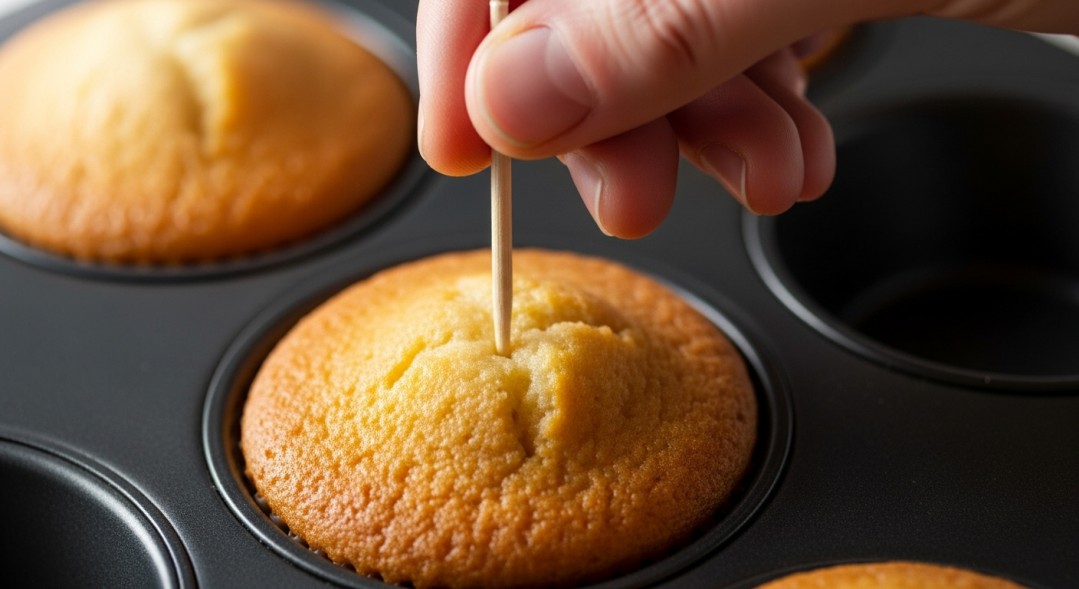
The Final Verdict: Muffin vs. Cupcake Pan
So, after all this, what's the difference between cupcake and muffin pan? In the vast majority of home kitchens, there is no physical difference. The muffin vs cupcake pan debate is really a debate about the food, not the tool.
Your standard pan is a versatile workhorse. It’s for Saturday morning blueberry muffins, Wednesday afternoon savory egg bites, and Saturday night celebration cupcakes. The magic isn't in the pan; it's in your hands, your recipe, and your ingredients.
Don't overthink it. If you have a pan with cups, you are equipped to bring a world of delicious, individually-portioned baked goods to life. So go ahead, preheat that oven, and whether you're craving a hearty muffin or a decadent cupcake, know that your pan has got you covered. Now, if you'll excuse me, I think it's time for a snack. I wonder if that last jumbo muffin is still in the tin...
Leave a Reply